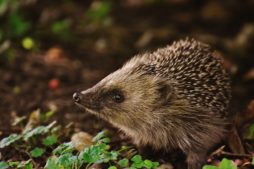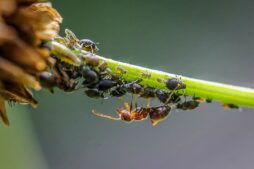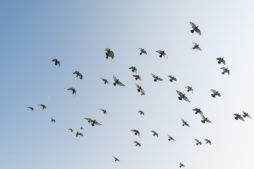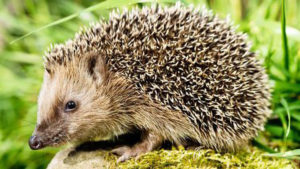A home garden can be a wonderful environment for creatures as well as plants. With the right mix of garden materials that will provide shade, as well as recycled food and certain lighting techniques, you can create something truly unique with your garden that can also be a safe haven for wildlife. In this article, we will go through some amazing wildlife garden ideas, and how you can landscape a garden to be wildlife friendly and build a wonderful garden fit for wildlife.
In this article, we will explore the following:
- How to do gardening for wildlife
- Planning your friendly wildlife garden ideas
- Ways of gardening for wildlife
- 1. Introduce Butterfly-Friendly Plants
- 2. Regulate Bird Feeding
- 3. Mix up your compost routines.
- 4. Help Nighttime Wildlife
- 5. Add water features to your garden
- 6. Evoke wooden features
- 7. Provoke a wilder garden
- Maintaining your new wildlife garden
- Suggested plants for a wildlife garden
- Creating shelter for wildlife in your garden
- How to feed garden wildlife
- Make your wildlife garden more sustainable
- FAQs
- Why should I create a wildlife-friendly garden?
- How can I attract birds to my garden?
- What can I do to encourage butterflies and bees?
- How can I make my garden hedgehog-friendly?
- What can I do to attract beneficial insects like ladybugs and lacewings?
- How can I create a wildlife pond in my garden?
- What should I consider when choosing plants for a wildlife-friendly garden?
- How can I manage pests without harming wildlife?
- Are there any specific garden features that attract a wide range of wildlife?
- How can I make my garden safe for wildlife?
- Sources
How to do gardening for wildlife
Embracing a nature-friendly approach to your wildlife garden ideas will not only benefit the captivating wildlife but will also enrich our own lives as well. By adopting mindful strategies to address weeds, pests, and other garden issues, you can effortlessly reshape the wonders of nature in your garden to be suitable for bees, acclimatise your garden to fit the everchanging climate, and even grow plants that will better for your overall health and wellbeing.
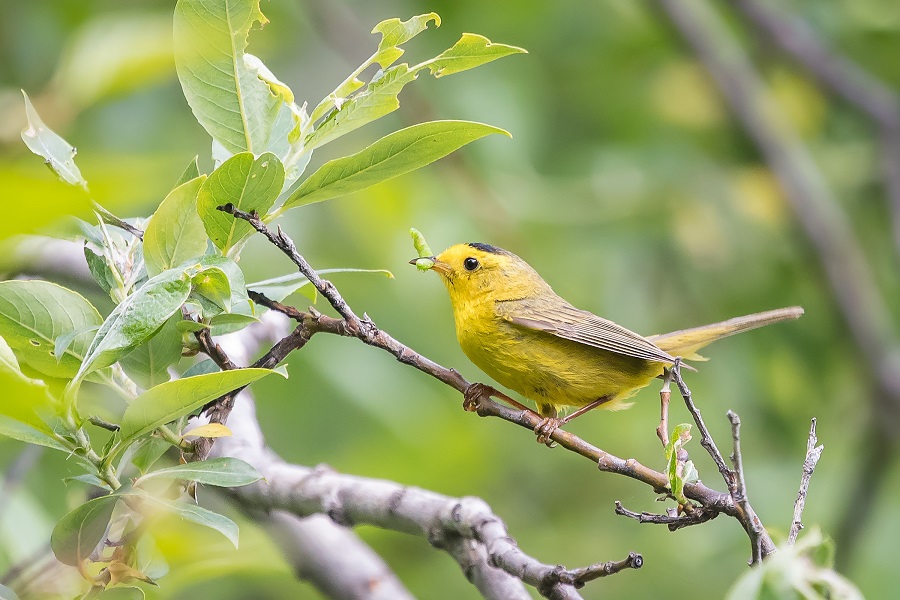
Planning your friendly wildlife garden ideas
Here are some amazing wildlife garden ideas that you can consider as you start to reshape your garden fit for wildlife:
- Providing sanctuary: You can establish a sanctuary for wildlife by incorporating silver birch trees or even a selection of native shrubs like holly or guelder rose. These additions will not only add height and visual appeal to your landscape, but also vital shade in the summer months for animals that are wishing to seek cool shelter in your garden and will help them to rest and nest as well.
- Utilise every inch: Because your garden exists in three dimensions, it is best if you made the most of all surfaces available, including walls, fences, and roofs. Plant dense flora, with little to no bare ground visible. Even your patio can be transformed into a vibrant habitat by using housing containers with nectar-rich plants potted inside them, which will attract butterflies and bees.
- Embrace the meadow: If your garden lawn needs continuous mowing, this may not always be convenient for wildlife. You can try evoking more diverse planting methods, or even by introducing a captivating pond. Alternatively, if you prefer to have a grassy lawn, you can create a small wildflower garden meadow, which will become an enchanting environment that will beckon numerous varieties of butterflies, bees, and other fascinating insects. We have further advice on the best plants for butterflies that, if you are an eagle-eyed butterfly spotter, then planting these particular plants is certain to get them landing in your garden.
- Evoke different watering methods: Regardless of the size of your garden, there is always room for a water feature. Outdoor water features, such as a modest sink or tub pond, decorated with aquatic plants, can become a wonderful wildlife habitat in your garden. Ponds, in all shapes and sizes, will welcome diverse communications of wildlife – water-loving creatures, birds that need to quench their first, and even small mammals such as hedgehogs that will use your precious resource to help them too.
Ways of gardening for wildlife
With approximately 87% of UK homes boasting a garden, these green spaces can hold tremendous potential for nurturing wildlife. However, there is a concerning trend about gardens that they are increasingly become hard surfaced, which results in a loss of vital habitats. This can cause wildlife to struggle to find places to live. To counteract this decline of wildlife in gardens, gardeners need to adopt wildlife-friendly practices to help restore and balance friendly environments for diverse creatures. Here are some interesting wildlife garden ideas in which you can increase the likelihood for wildlife to visit your garden.
1. Introduce Butterfly-Friendly Plants
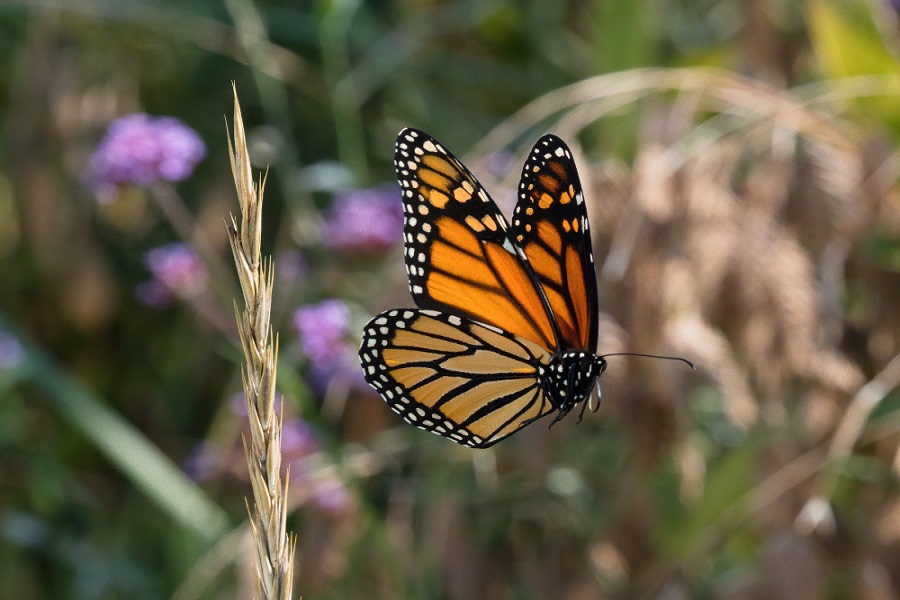
As mentioned, adding butterfly-friendly plants to your garden is a perfect way to provoke the promotion of nectar and honey for butterflies and bees to collect and improve your wildlife garden ideas.
Adult butterflies and moths have a broad appetite when it comes to nectar and will choose many flower species to land on, much like other pollinators. However, caterpillars and other creatures are more selective, and requite certain plant species for sustenance. Brimstone butterflies, for instance, exclusively feed on and lay their eggs on bushthorn bushes, hence their specific dietary requirements.
To ensure that a wide range of butterflies and insects visit your garden, we advise that you plant a variety of flowering species that bloom throughout the year. This approach will increase the likelihood of attracting a myriad of fluttering visitors. You would be best adding spring bedding plants to your garden, or if you are interested in expanding your gardening approaches, you should try adding climbing plants for your garden, which will be particularly useful for adding trellis to your garden, as well as shade in otherwise lit corners.
Choose from our vast range of garden furniture sets for you to relax on whilst you observe butterflies visiting your garden in the sun and see your brilliant wildlife garden ideas be set in motion.
2. Regulate Bird Feeding
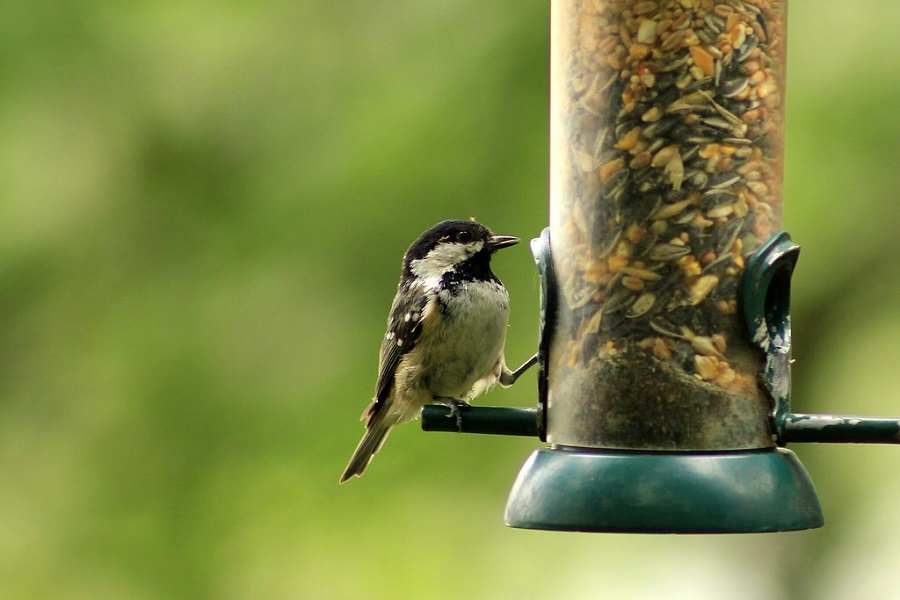
Enhancing the allure of your garden for birds can be achieved effortlessly by incorporating bird care accessories such as seed feeders and are imperative in your wildlife garden ideas. For those inclined towards DIY projects, a fun endeavor could involve repurposing used plastic bottles to create a bird feeders instead if you want to save money, and regulate your recycling methods, and will help to add a touch of creativity to your garden space.
In regions where squirrels pose more of a problem, you should invest in squirrel-proof feeders, designed to only accommodate for smaller birds to access the food, and act as an effect deterrent against squirrels that may cause disruption. Additionally, if you would prefer to keep cats and squirrels out of your garden, then we have the perfect defenders fence prickle strips which you can attach to your garden fence to keep them out.
Furthermore, the choice of food you provide in your bird feeders plays a crucial part in determining the bird species that will grace your garden. For instance, mealworms prove irresistible to insect-eating birds like sparrows, while niger seeds hold a special appeal for goldfinches. When setting up a birdfeeder, it is essential to maintain cleanliness by regularly cleaning and sanitizing it, promoting the well-being of all feathered visitors.
3. Mix up your compost routines.
Transforming your kitchen waste into a compost heap within your garden serves as a perfect wildlife garden idea and will help to minimize your landfill contributions by creating a wonderful home for wildlife. Millipedes, woodlice, and spiders will undoubtedly love your compost routine changes, since these will provide the right source of nourishment for other wildlife as well and help to enhance the ecological balance within your wildlife garden.
Worms – nature’s composting allies – diligently work to break down leaves and organic matter and are essential in your compost heap. As you spread your homemade compost around your wildlife garden, this will provide the perfect condition for worms to thrive on.
Slugs are another great food source for frogs, beetles, and toads, while thrushes have an appetite for snails. However, you will need to avoid using slug and snail pesticides, as these pose a threat to other wildlife and can have detrimental effects on water sources.
If you choose to initiate a compost heap instead of a bin, bear in mind that it provides a warm refuge for animals such as hedgehogs. During winter months, we advise that you minimise disturbance in your garden and refrain from moving compost around to help ensure the well-being of hibernating animals. Follow these methods in your wildlife garden ideas and wildlife will greatly appreciate the use of compost in your garden.
4. Help Nighttime Wildlife
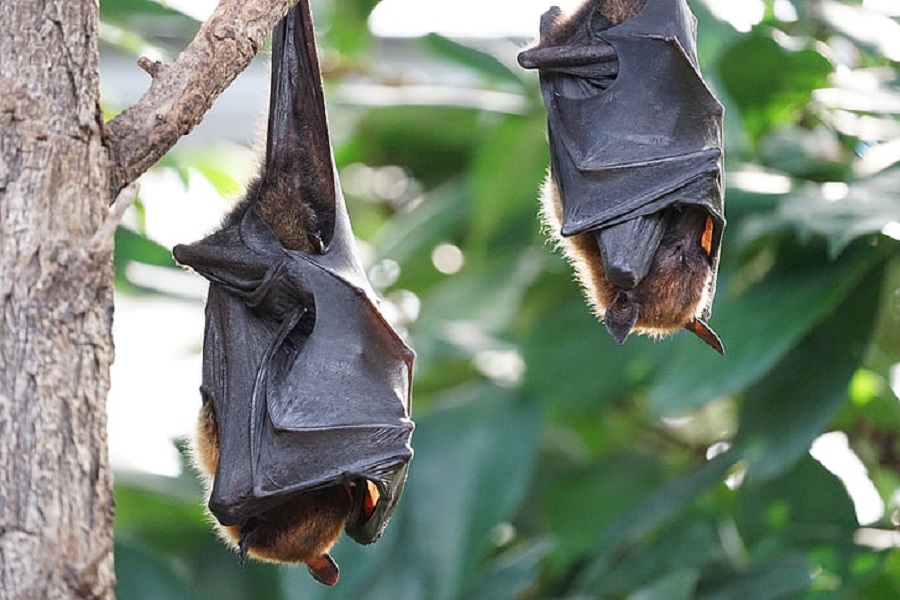
Even during nighttime, your garden will be teaming with wildlife and engaging with their nocturnal activities. If you want to improve your wildlife garden ideas at night, then using night blooming flowers such as honeysuckle and evening primrose will grace the darkness with their captivating scents, luring pollinating insects into their embrace. Winged bugs serve as a delectable feast for an array of bat species in the UK, as night-flying insects make for great food for insectivores.
Taking measures to reduce or eliminate artificual lighting in your garden and surrounding property can aid bats as well. This will help minimise light pollution, and will enable bats to navigate their surroundings without hindrance.
Whilst keeping a wildlife garden at night, hedgehogs will also hold a vital role in your garden ecosystem. Establishing coordination with your neighbours to create hedgehog holes, small gaps in dividing fences and walls, will aid in facilitating their movement to explore your garden.
Providing a safe haven for hedgehogs by crafting nesting and hibernation houses will offer further assistance for other endearing animals too, so it is worth including this amongst your garden wildlife ideas as well as learning how to help hedgehogs.
5. Add water features to your garden
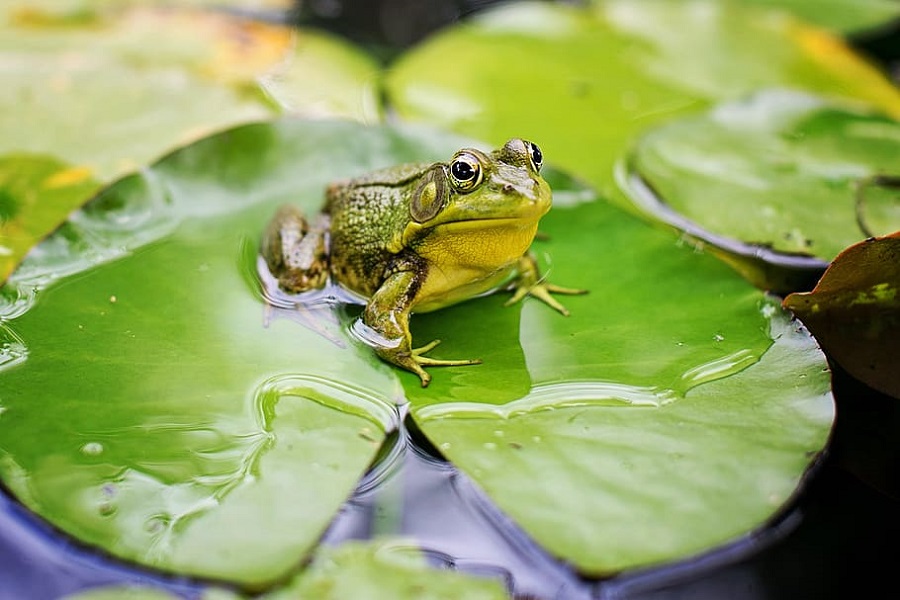
Have you ever been curious about how much water do we use? The UK is home to six native amphibians, including common frogs, smooth newts, and common toasts, all of which serve as valuable pest controllers by feeding on various invertebrates. Using water techniques are certainly desirable to get wildlife to visit following these wildlife garden ideas.
Enhancing your garden with a small pond not only ensures the well-being of these amphibians but also the potential to attract dragonflies during summer months. The presence of insects gathered around your water sources will appeal bats too, so it is worthwile in including water features with your garden wildlife ideas.
Ponds do not need to be large, but it is essential to provide sloping sides to allow other animals to escape if they fall in. To maintain the health of the pond and its inhabitants, consider incorporating oxygenating plants like hornwort, while avoiding invasive or non-native species.
Alternatively, for the benefit of birds, a shallow dish with sloping sides can be placed in your wildlife garden, serving as a water source and bathing spot. Remember to regularly top the water and refresh the dish to maintain freshness and appeal to your garden visitors. It may even attract dragonflies in the summer.
6. Evoke wooden features
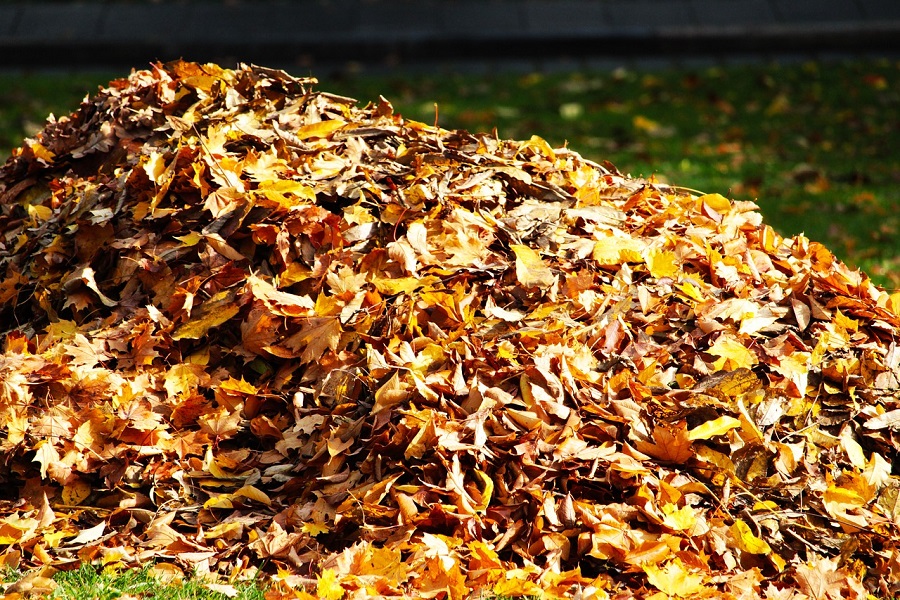
Another way you can shape up your garden fit for wildlife and improve your wildlife garden ideas is by introducing wooden features such as woodpiles. Woodpiles offer refuge and hibernation sites for various creatures, such as butterflies, wasps, slow worms, newts, toads, and a plethora of minibeasts.
Woodlice play a crucial role as a food source for garden wildlife, including spiders, toads, and shrews. Optimal woodpile construction involves using larger logs with intact bark, placed in areas that have a balance between sunlight exposure and shade. Even a single log can provide a favorable habitat when partially buried.
When the autumn sets in, blankets of leaves will naturally create a carpet of protection for garden wildlife. These leaf litter piles serve as inviting hibernation sites for hedgehogs, and will keep them warm and protected from harsh weather. Try not to tidy up leftover leaves in your garden during the winter.
Furthermore, as leaves gradually decay, they contribute towards essential nutrients in the soil. Leaving leaf litter undisturbed will offer your garden to flourish beter in the summer, as decaying leaves can become a form of compost, such as mulch, and will serve to safeguard against frost in the winter and drought in the summer. Decaying leaves fosters the growth of mycorrhizal fungi, which plays a vital part in plant nutrition.
7. Provoke a wilder garden
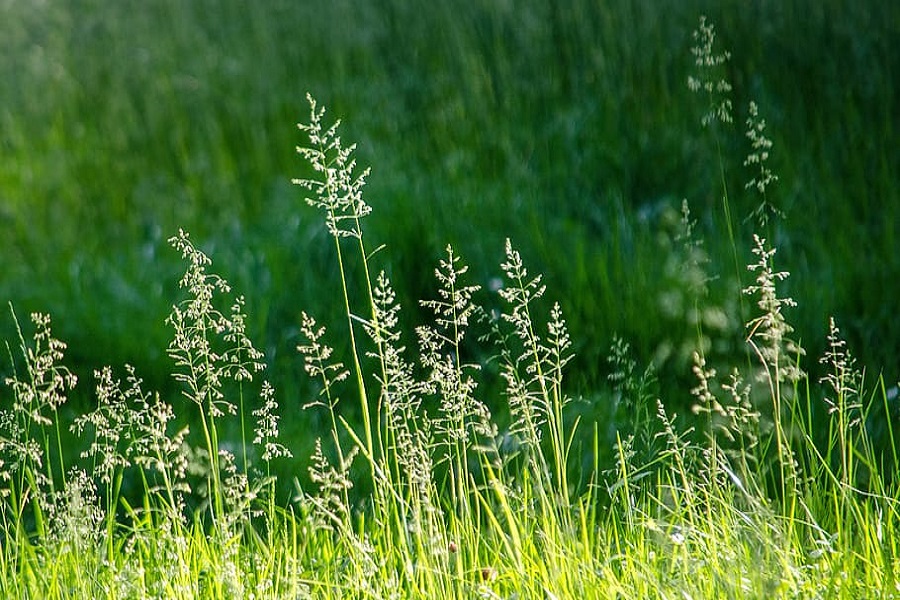
While many UK homeowners tend to favour paved patios, synthetic lawns, and meticulously manicured grass, sometimes allowing the grass to grow freely is precisely what wildlife requires. However, this should not be overwhelming, and provoking a wilder garden should be a lot easier by following these wildlife gardening ideas.
Introducing a variety of habitats in your garden involves leaving sections of your garden unmown. Longer grass served as a favourable environment for insects, including skipper butterflies, to lay their eggs. Consider maintaining longer grass in conjunction with mowed paths or designated clear areas for picnics.
Having longer grass will offer natural shelter and a microclimate beneath the stalks for creatures to nest in. allowing flowers to bloom, which aids bees, is another benefit of refraining from mowing. While yarrow, commonly found in most lawns, will require more time before flowering compared to other plants, which is crucial for pollinators. Having mowed areas will also aid worms for sustenance, such as blackbirds and robins.
Adding wildflowers and plants to your garden, such as weeds, can be important for your garden’s ecosystem too, and can assist in making your overlooked garden look private if you are concerned about nosy neighbours. Dandelions are perfect for producing nectar for insects. Caterpillars will allow feed on nettles, thistles and ragwort, so keeping some of these plants in your garden will be helpful if restricted to smaller areas. Plant nettles in pots to stop them spreading.
Maintaining your new wildlife garden
Opting to forgo the use of fertilizer is highly recommended for wildflower cultivation, as these resilient plants thrive best in nutrient-poor soil. To maximise the potential of wildflower lawns in your wildlife garden ideas, adopt a specific mowing routine. For example, mow your lawn short in the winter but remember to remove clippings. Refrain from mowing until late summer, as this will allow flowers to complete their seeding.
Maintaining a lawn that has not been fertilised can benefit from an annual maintenance program involving scarifying and aerating. When establishing a fresh grassed area, regularly mow during its first year as this is crucial to faciliate proper establishment.
Furthermore, instead of dismissing all weeds, consider the significance weeds hold on the ecosystem. Cultivating nettles in a pot or in discreet corners of your garden will provide better nourishment for butterflies.
Should you decide to construct a patio, leaving gaps in the pavers will present more opportunities for planting, and improve the greenery in your wildlife garden.
Suggested plants for a wildlife garden
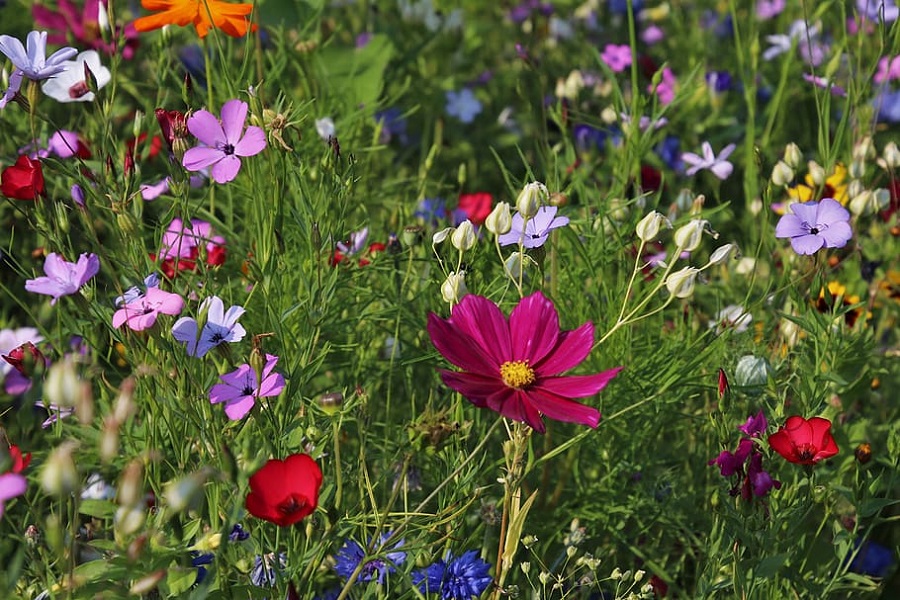
Here are a list of recommended plants that you can use to turn your garden into a perfect wildlife sanctuary.
- Hawthorne
- Knapweed
- Lavender
- Mallow
- Sunflower
- Cotoneaster spp.
- Daisies
- Dandelions
- Thistles
- English ivy
- Firethorn
- Guelder rose
- Hebe spp.
- Holly
- Honeysuckle
- Ivy
- Japanese quince
- Jasmine
- Silver birch
- Skimmia
- Teasel
- Wisteria
Creating shelter for wildlife in your garden
Using growing climbers, trees, bushes, hedgerows, and other natural shelters will assist in the protection and comfortability of wildlife that visits your garden. There are truly some great trees for garden privacy, and bushes, for instance, are great for hedgehogs and birds, as well as a place for cover from predators and a spot to build nests.
Other garden accessories, such as bird boxes, bat boxes, and hedgehog homes are perfect for introducing artificual shelters for nature. Wildlife creatures can find it hard to nest or roost in natural habitats, and adding these features to your garden will give you the chance to imrpove your wildlife gardening ideas, as well as safe alternatives for these animals.
Lastly, you can use dead wood, old foliage, and trimmings as valuable hiding spots for beetles and other small insects, as well as plantlife such as fungi and moss. Even if you are not fond of these concepts, they will provide food for wildlife predators.
How to feed garden wildlife
It is perfectly find to feed garden wildlife including birds and hedgehogs by leaving out mealworms for them, or vegetable leftovers from your cooking.
Alternatively, if you wanted to save money, if you keep a variety of garden plants, these flowers and seeds that sprout throughout the year will provide natural sustenance for these animals and insects across different periods throughout the year. Berry bushes or fruit trees are the perfect source for providing food to these animals, as well as ivy which is a source of nectar in the autumn, as well as winter fruits for birds.
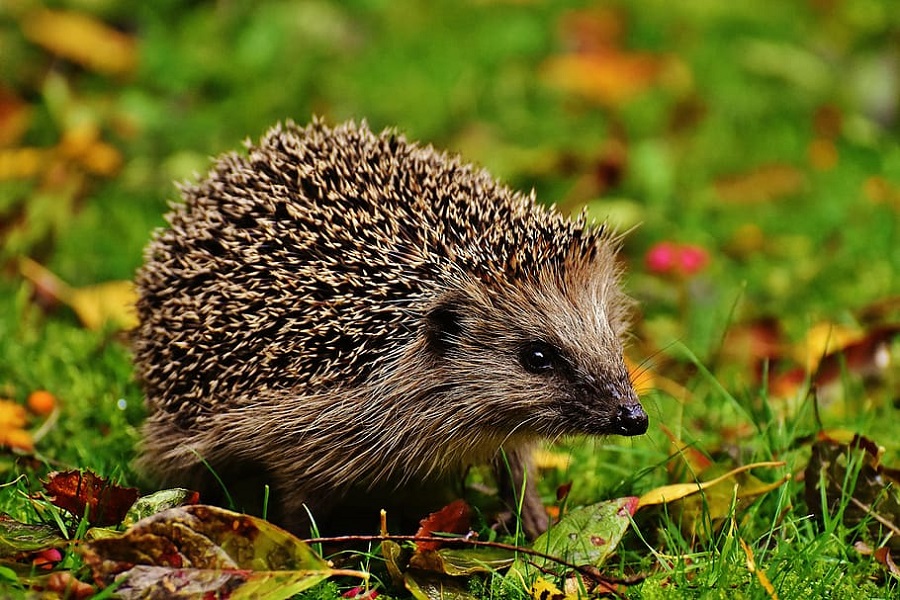
Make your wildlife garden more sustainable
Incorporating sustainability and considering the environment are essential aspects for those wishing to create a wildlife-friendly garden. The actions we make each day have far-reaching effects on wildlife beyond the confines of our own gardens.
To preserve natural habitats, we advisable that you avoid using peat and explore alternative compost options, such as using a composter or adding compost heaps for the production of homemade compost. Furthermore, consider conserving water by collecting rainwater in water-butts and barrels, as this will provide natural rainwater for pond-life and other water features.
If you do introduce wildlife plants following this article, remember to verify their authenticity as genuine native stock and cultivate the seeds from them when possible. Lastly, by eliminating the use of pesticides, you will be well on your way towards providing a safe environment for animals to live within your wildlife garden.
FAQs
Why should I create a wildlife-friendly garden?
Creating a wildlife-friendly garden helps support biodiversity by providing habitat, food, and water for various animals. It can contribute to conservation efforts, promote ecological balance, and provide an enjoyable space for observing and interacting with wildlife.
How can I attract birds to my garden?
To attract birds, provide a variety of native plants that offer food sources such as nectar, seeds, fruits, and berries. Install bird feeders with appropriate feed, offer fresh water in a birdbath, and create nesting areas like bird boxes or natural vegetation for shelter.
What can I do to encourage butterflies and bees?
Plant a diverse selection of flowering plants, particularly native species, that provide nectar and pollen for butterflies and bees. Incorporate different colors and shapes of flowers to attract a wide range of pollinators. Avoid using pesticides, as they can harm beneficial insects.
How can I make my garden hedgehog-friendly?
Create access points by cutting small holes at the bottom of fences or walls to allow hedgehogs to move between gardens. Leave areas of wild, overgrown vegetation as hiding places and potential nesting spots. Provide a shallow dish of fresh water and avoid using slug pellets, which can harm hedgehogs.
What can I do to attract beneficial insects like ladybugs and lacewings?
Plant flowering plants such as dill, fennel, and marigolds to attract beneficial insects. Avoid using chemical pesticides that can harm them. Install insect hotels or create small piles of logs, leaves, or stones as shelters for insects to overwinter or nest.
How can I create a wildlife pond in my garden?
Dig a shallow, gently sloping pond with varying depths to accommodate different wildlife. Include submerged and emergent aquatic plants for shelter and breeding grounds. Add a sloping ramp or rocks to allow animals like hedgehogs to safely enter and exit the pond.
What should I consider when choosing plants for a wildlife-friendly garden?
Opt for native plant species as they are well-adapted to the local ecosystem and provide essential food and shelter for native wildlife. Choose a mix of plants that offer flowers, fruits, nuts, and seeds throughout the year to provide a consistent food source.
How can I manage pests without harming wildlife?
Implement integrated pest management techniques such as handpicking pests, using barriers like netting or row covers, encouraging natural predators, and practicing companion planting. Creating a diverse ecosystem in your garden helps maintain a balance between pests and beneficial insects.
Are there any specific garden features that attract a wide range of wildlife?
Yes, features like bird feeders, nesting boxes, bee hotels, bat boxes, and log piles can attract various wildlife species. Providing a mix of different habitats, such as meadows, woodpiles, and water features, will attract a diverse range of animals to your garden.
How can I make my garden safe for wildlife?
Avoid using chemical pesticides, herbicides, and fungicides. Instead, opt for organic and wildlife-friendly alternatives. Ensure there are no toxic plants harmful to animals. Place netting loosely to prevent entanglement. Also, check for potential hazards like uncovered drains or deep holes.
Sources
The King’s Fund. (2016). Gardens and Health. [Accessed 16/05/23]. Available at: https://www.kingsfund.org.uk/publications/gardens-and-health
Butterfly Conservation. Brimstone. [Accessed 16/5/23]. Available at: https://butterfly-conservation.org/butterflies/brimstone
Bat Conservation Trust. UK Bats. [Accessed 16/5/23]. Available at: https://www.bats.org.uk/about-bats/what-are-bats/uk-bats
Garden Organic. Mycorrhizal Fungi. [Accessed 16/5/23]. Available at: https://www.gardenorganic.org.uk/expert-advice/garden-management/soil/mycorrhizal-fungi
Ryan Jenkins is a professional gardener and has been working in the gardening industry for over 25 years. This has allowed Ryan to accumulate a vast wealth of gardening knowledge which he shares on the Sefton Meadows blog.

